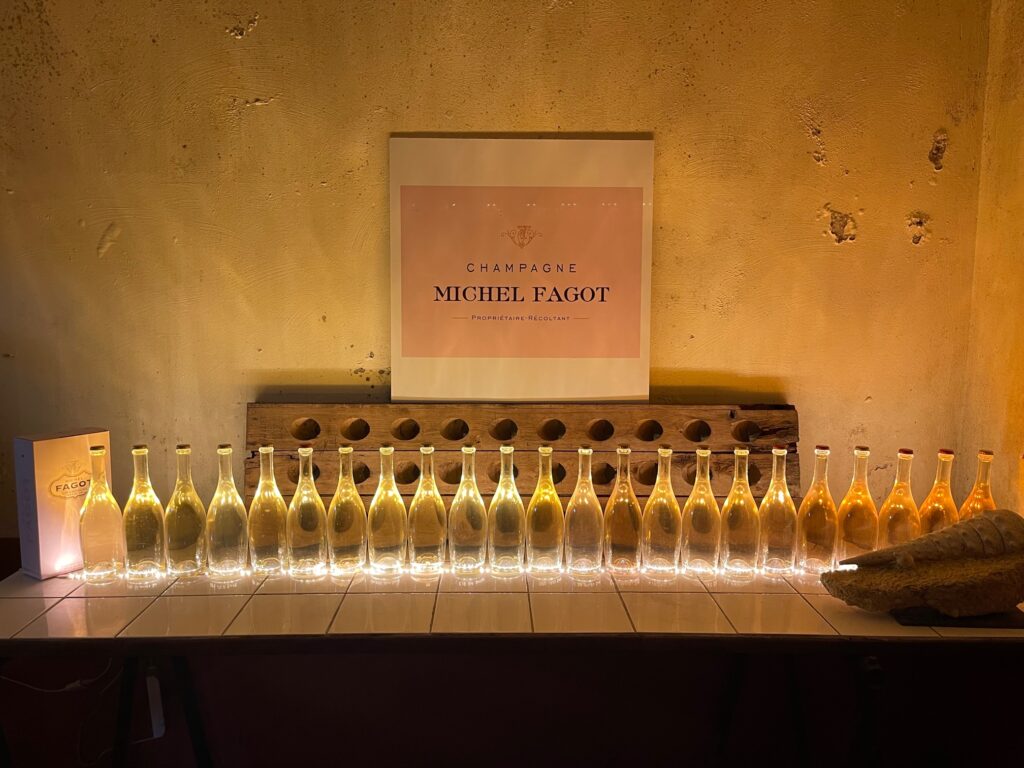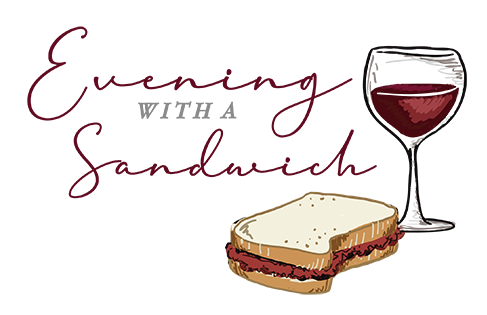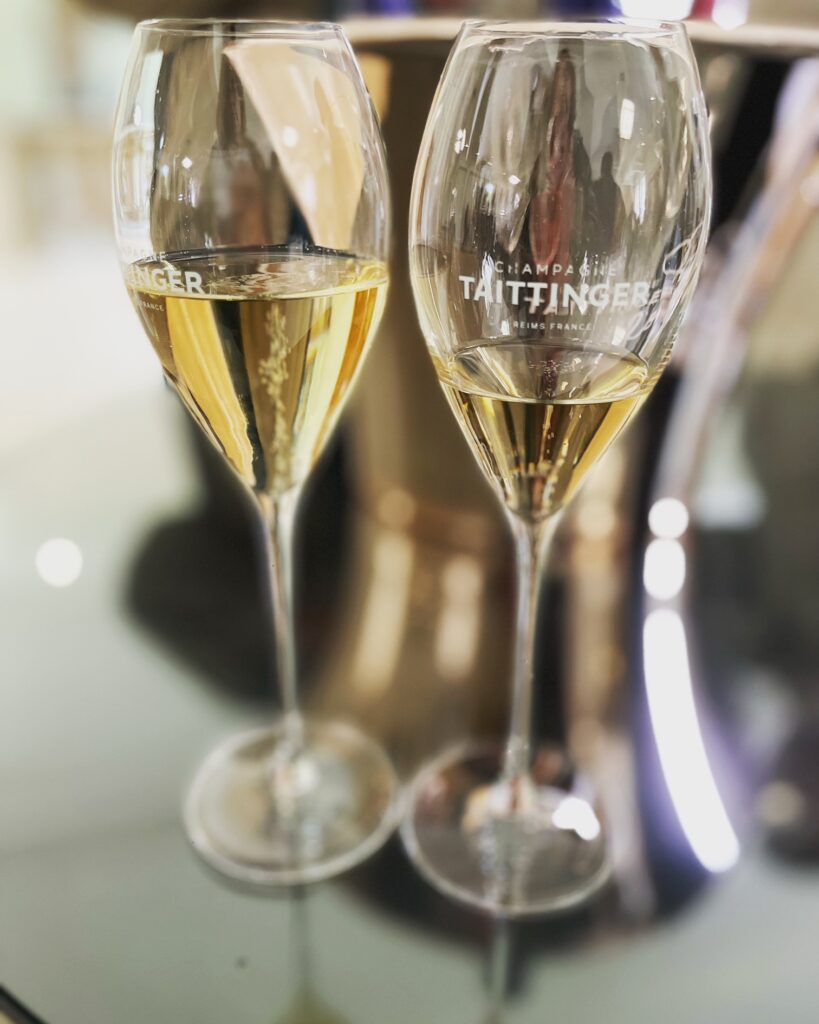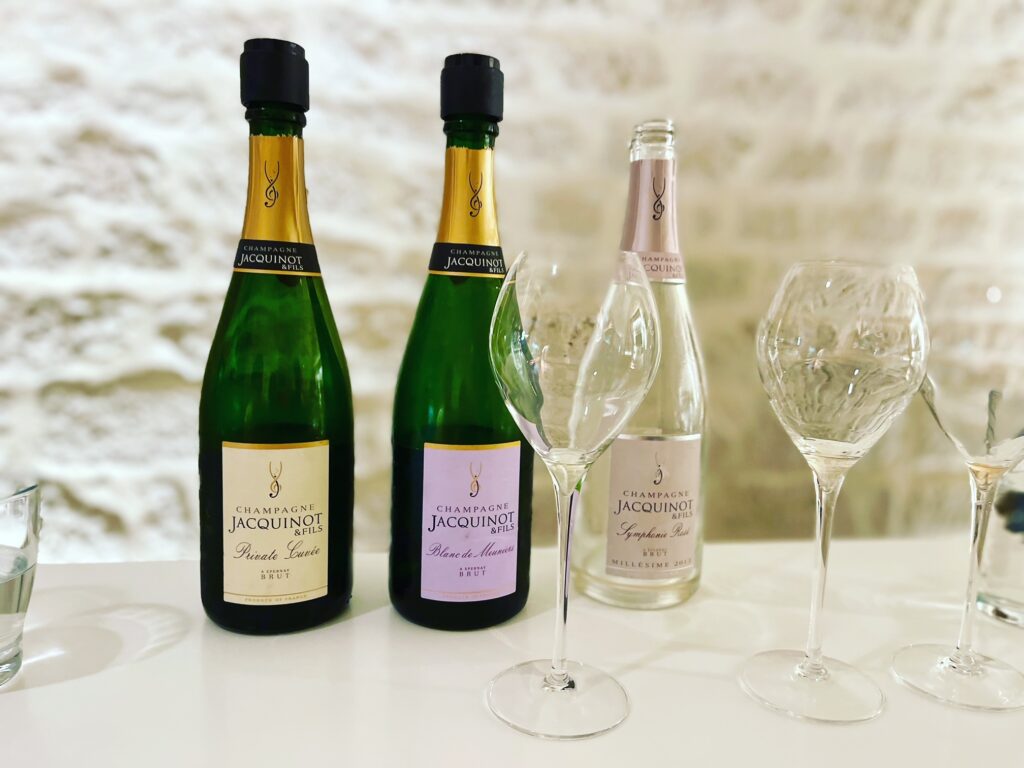Drinking Champagne in Champagne
PUBLISHED ON: 08.02.2022
“All Champagne is sparkling wine, not all sparkling wine is Champagne“
Champagne is a term thrown around loosely, and its confusing. The truth is only the grapes grown in the chalky soils of the Champagne region of France, can produce a sparkling wine called Champagne. The world of wine recognizes this distinction and respects its sovereignty.
There are many reasons why Champagne is special. The Champagne making process is a labor intensive process which requires a significant amount of time and skill. Our journey ensured a new level of appreciation for the passion of the winemakers who are masters of their craft, and are committed to the age-old traditions of producing Champagne.
This was our first trip to the Champagne region of France and the selection of Champagne houses to visit was daunting. We gravitated to the familiarity of the large Champagne houses. We were novices, and novices go with the familiar (There is a life lesson here). Hats off to the big Champagne houses. They have it together, a seamless operation catering to eager tourists, a near perfect practiced script, and serving up consistently good Champagne you can buy at home for the same prices. We were not disappointed-it’s what we expected.
The real magic began at the small, lesser-known Champagne houses. These were family-owned wineries who for generations were producing fantastic Champagne driven by their family’s continued passion for winemaking. These Champagnes are often not on the American market or have limited availability.

What was the magic? It was experiencing the individual winemaker’s vision and the grower of the grapes Champagne experience. The Champagne was often made and bottled by the same person who grew the grapes.
What else? The passion. The up close and personal way of experiencing the Champagne making process.
On our last evening in Champagne, I sat down with my open travel journal and jotted down the steps of the Méthode Champenoise (Traditional method of Champagne production) from memory. Why would this be a worthy mention? It would be the moment I fell in love with Champagne. This moment led me to explore other sparkling wines and the journey has been incredible.
Champagne Facts:
– The Champagne region encompasses a little more than 32,000 acres.
– There are only three grapes permitted in the production of Champagne Chardonnay, Pinot Noir and Pinot Meunier.
– Champagne grapes are always hand-harvested. No machinery allowed (labor intensive process).
– Champagne is always produced in the Méthode Champenoise (translated to Champagne Method) or Traditional Method as is commonly referred to in Europe and the United States. The most important facet of this style of production is the transformation from a still to sparkling wine occurs entirely inside the bottle.
The following morning, we would depart on a wine road trip through Spain. There would be more life changing moments.



Alan Billingsley
Great post. Did you both, per chance, try a French 75? I noticed in another posting to try grapefruit in a G&T. Best French 75 I ever had was the addition of a couple of drops of grapefruit bitters into the traditional presentation. Magnifique!
Velva Knapp
Hi Alan, we do enjoy French 75’s. We always use lemon juice but, the addition of grapefruit bitters would be good too.
Thanks for sharing the suggestion. We are always on the lookout for improvements and adding new options to our home cocktail menu.
Best,
Velva
Alfreda James
Champagne’s one of my favorites, however, until now, I didn’t know crap about its making.
Thanks for the education Chica!!!
angiesrecipes
What an experience!
Larry
We loved learning about champagne by drinking it in Champagne with our first one being the very small Fleury-Gille. I like the information you put into this post.
John / Kitchen Riffs
I’ll certainly never turn down champagne made from one of the big names, but I really, really like small grower champagnes. All quite different and mot with a really fun character. Neat post — thanks.
Liz
Wow, what fun! I adore champagne, but the hubby’s a beer drinker. Wonder if I can convince him to visit the Champagne region next time we go to France??? Sounds like a wonderful experience.
Mary Dekle
Great peak into your champagne wanderings! How do you get post notifications.
David @ Spiced
We had a similar experience with wines in Napa Valley. The big wineries were fine – but the little small ones were amazing. We joined a wine club from one, and their wines rank among our all-time favorites! We haven’t visited Champagne yet, but we do love champagne…hopefully one day we’ll make it there!
Pam
France is on the bucket list!!!
sherry M
i love champagne not that i can afford it often 🙂 I am a big Veuve fan! what fun to learn about it at the source.
Tandy | Lavender and Lime
I am surprised you found the area welcome to tourists. Things must have changed since we were there. Pre Covid one had to make bookings to go to any winery. And the ones in Champagne were more restrictive than other areas of France. I am a huge bubbly fan, and luckily we have great ones here in South Africa.
Roz | La Bella Vita Cucin
What a fabulous opportunity to enjoy and learn about our favorite bubbly, Velva! I wouldn’t stop drinking any samples very easily. What a fun experience to remember!
David Scott Allen
Visiting the Champagne region is definitely something on our list. Because of my Provence writings, I sometimes forget about other regions and their offerings!
Jeff the Chef
What a fantastic trip this must have been!
mar
Fantastic post!….not every sparkling wine is a Champagne….totally true….I love Champagne… I like it alone or with Cassis….Abrazotes, Marcela
Laura Dembowski
I absolutely love champagne! It would truly be an experience to learn more about it in the region where it is made. You are lucky to have had such a time.
Chris Garner
There are actually seven grape varieties allow to be used in Champagne:
• Chardonnay
• Pinot Noir
• Pinot Meunier
• Pinot Gris
• Pinot Blanc
• Petit Meslier
• Arbane
The last four aren’t as common to be blended in Champagne.